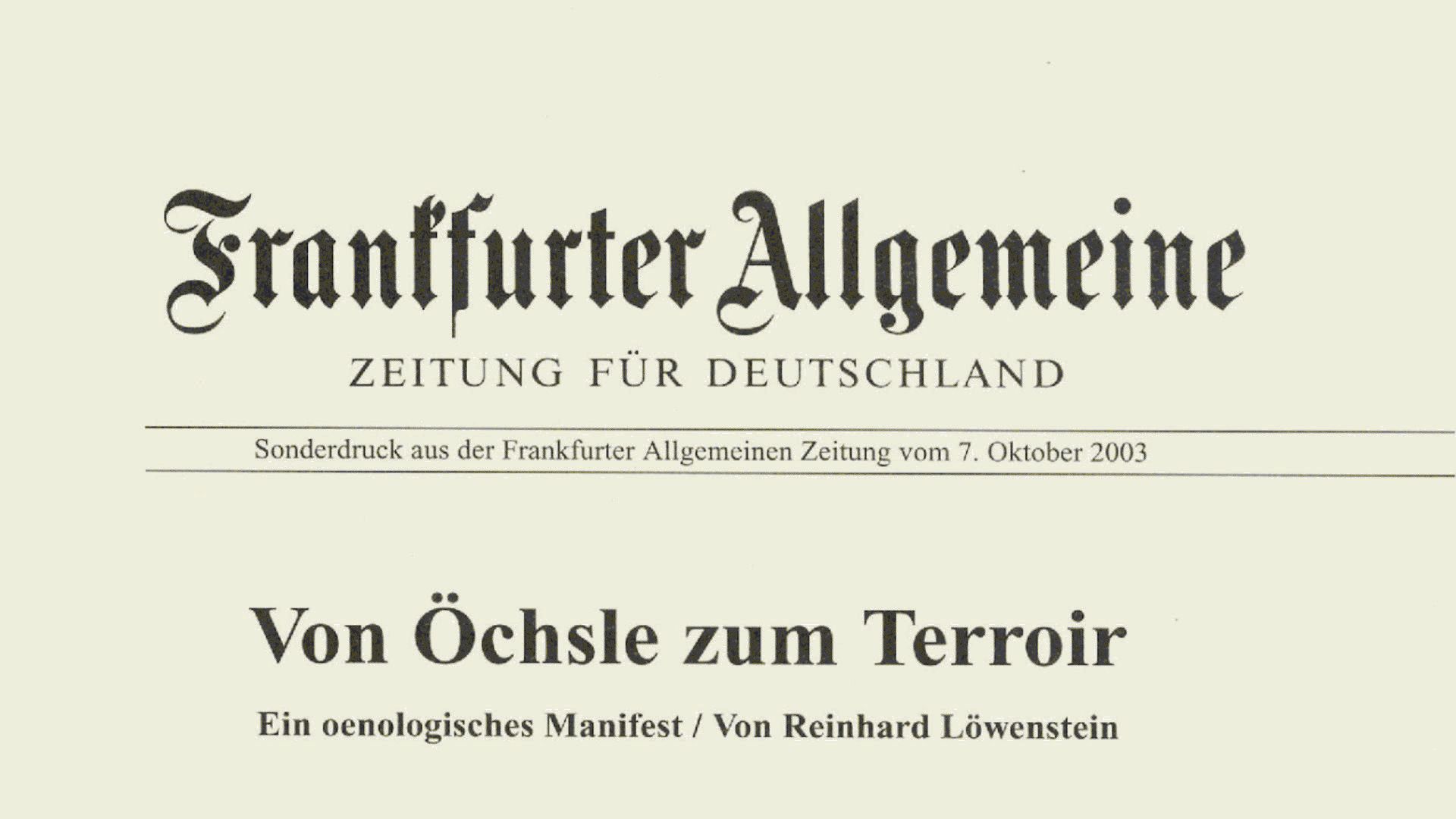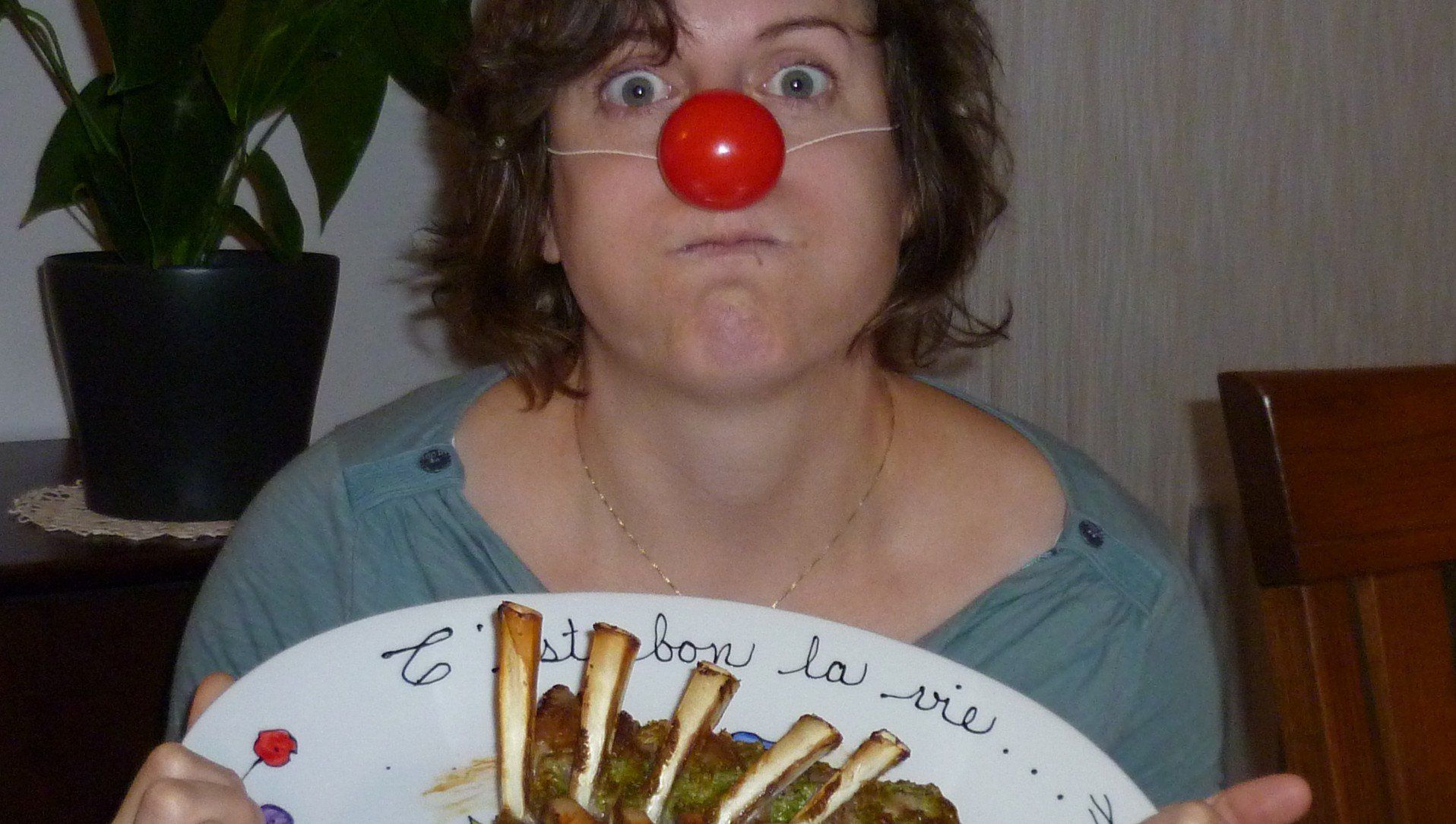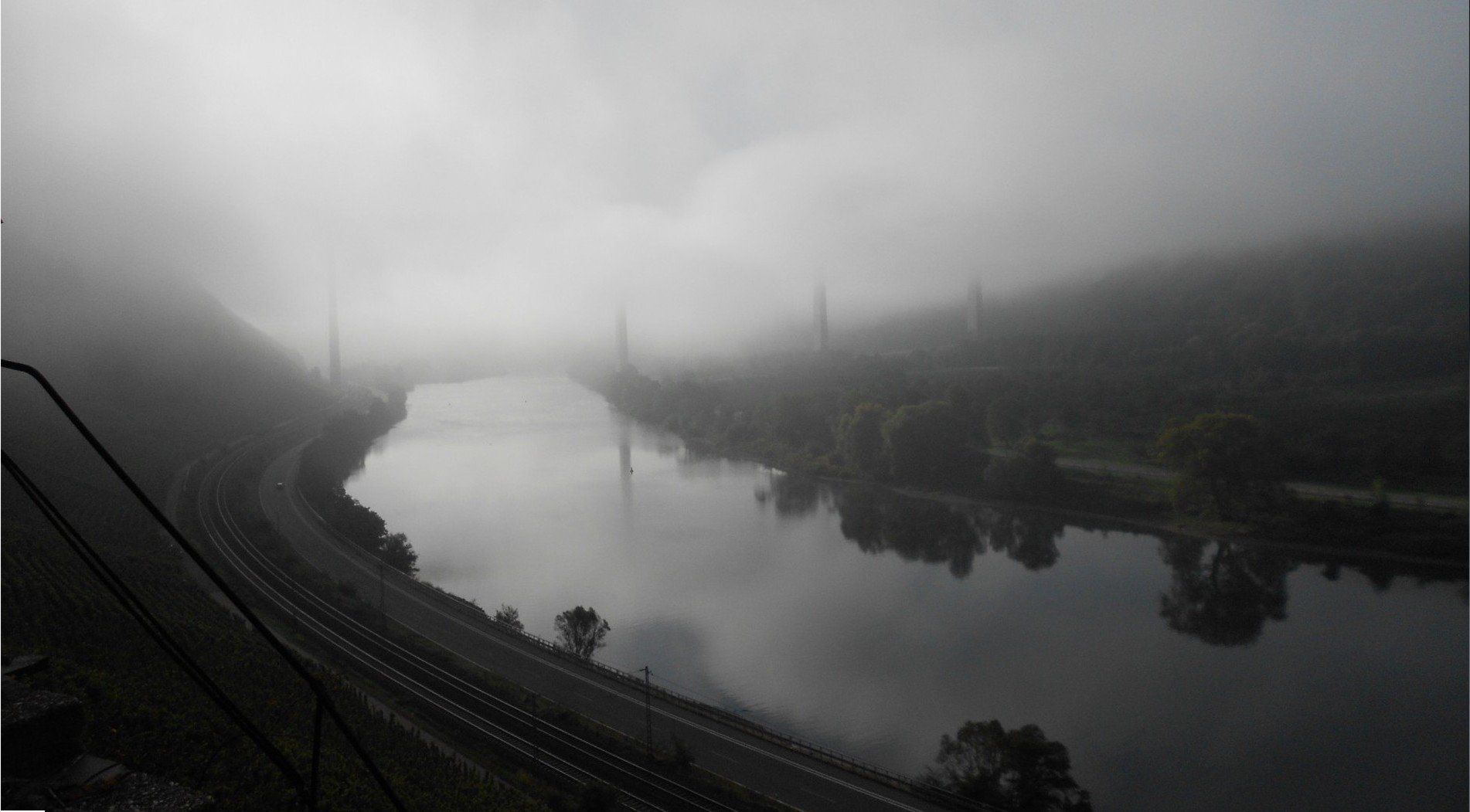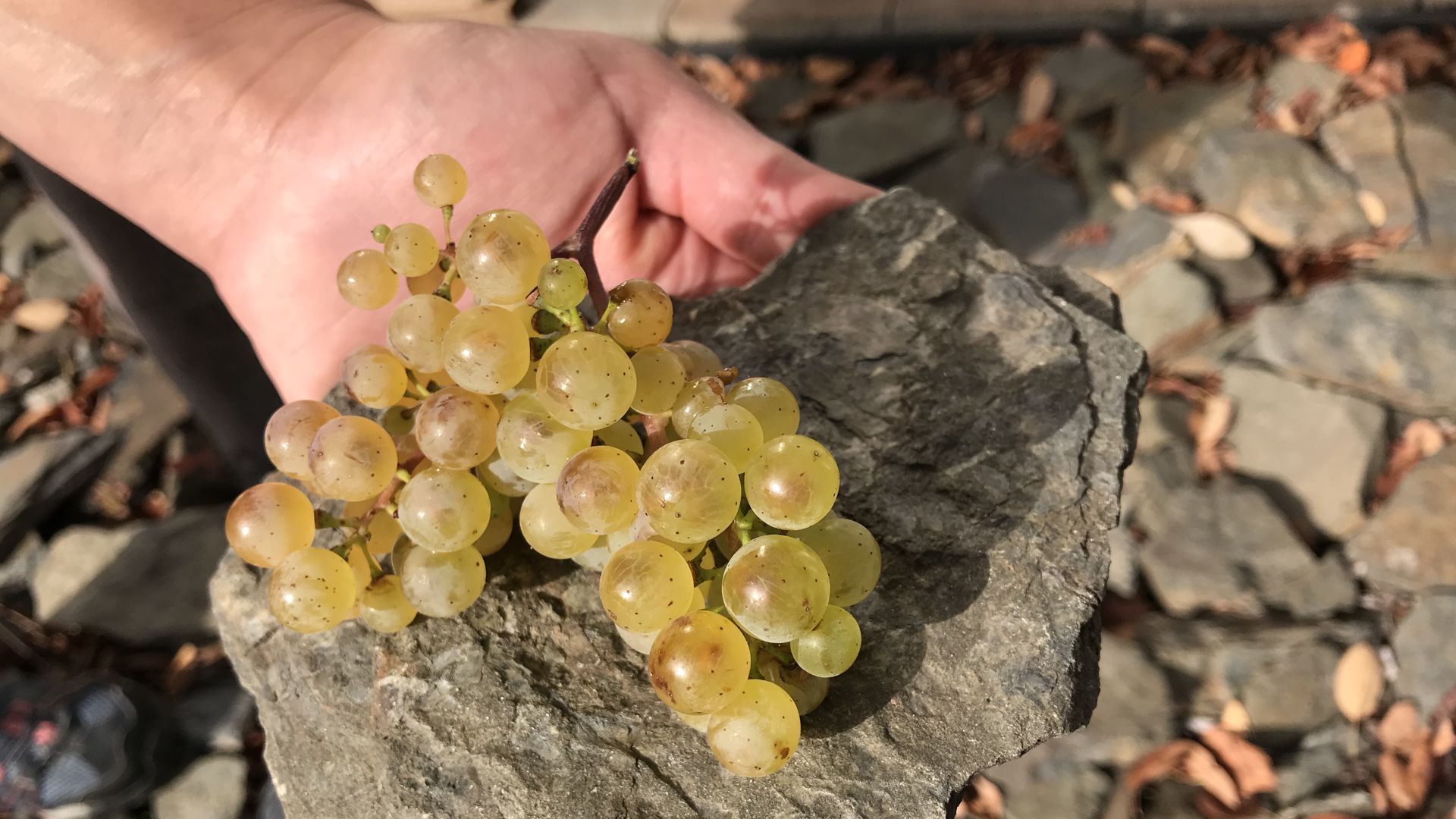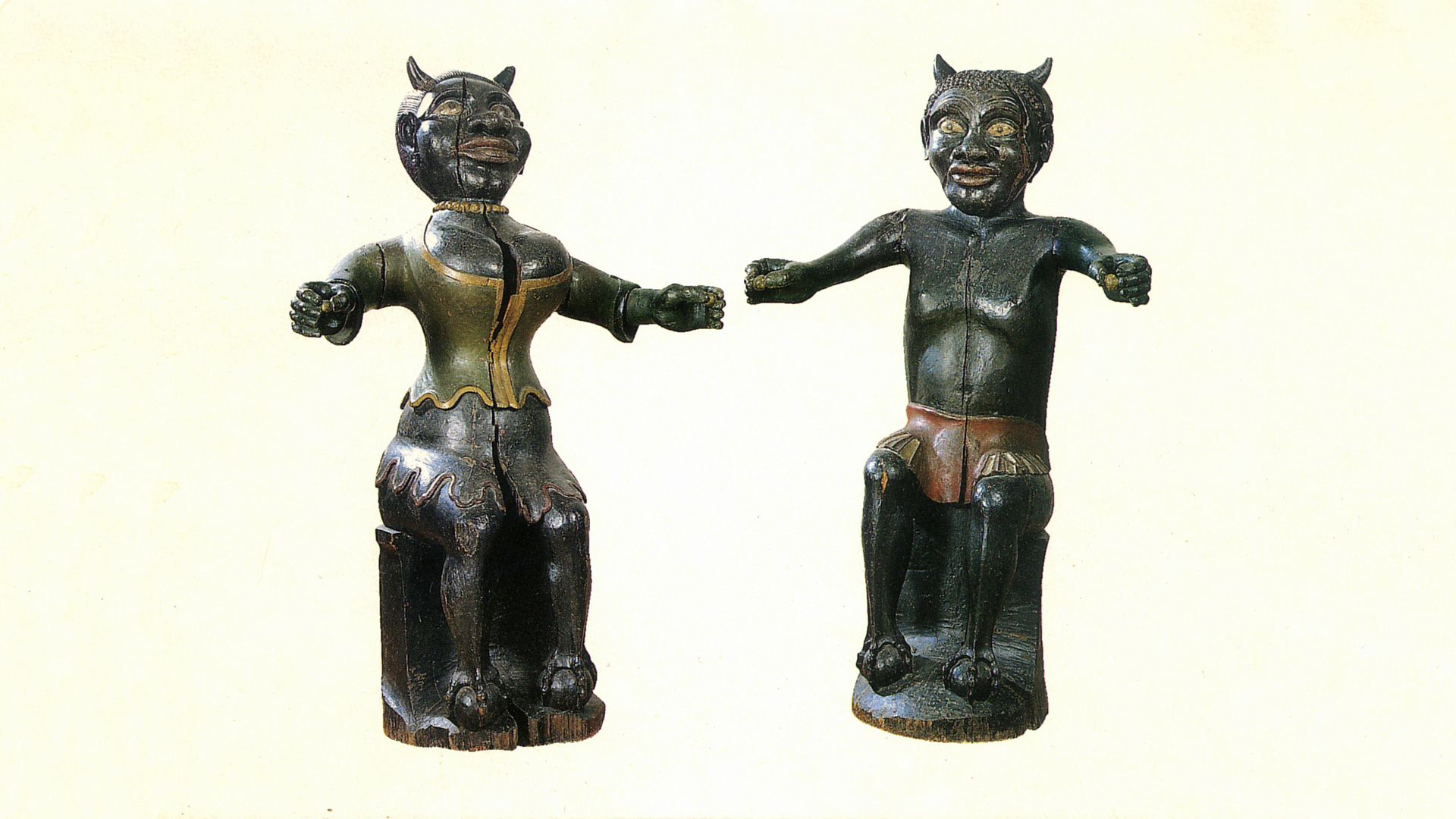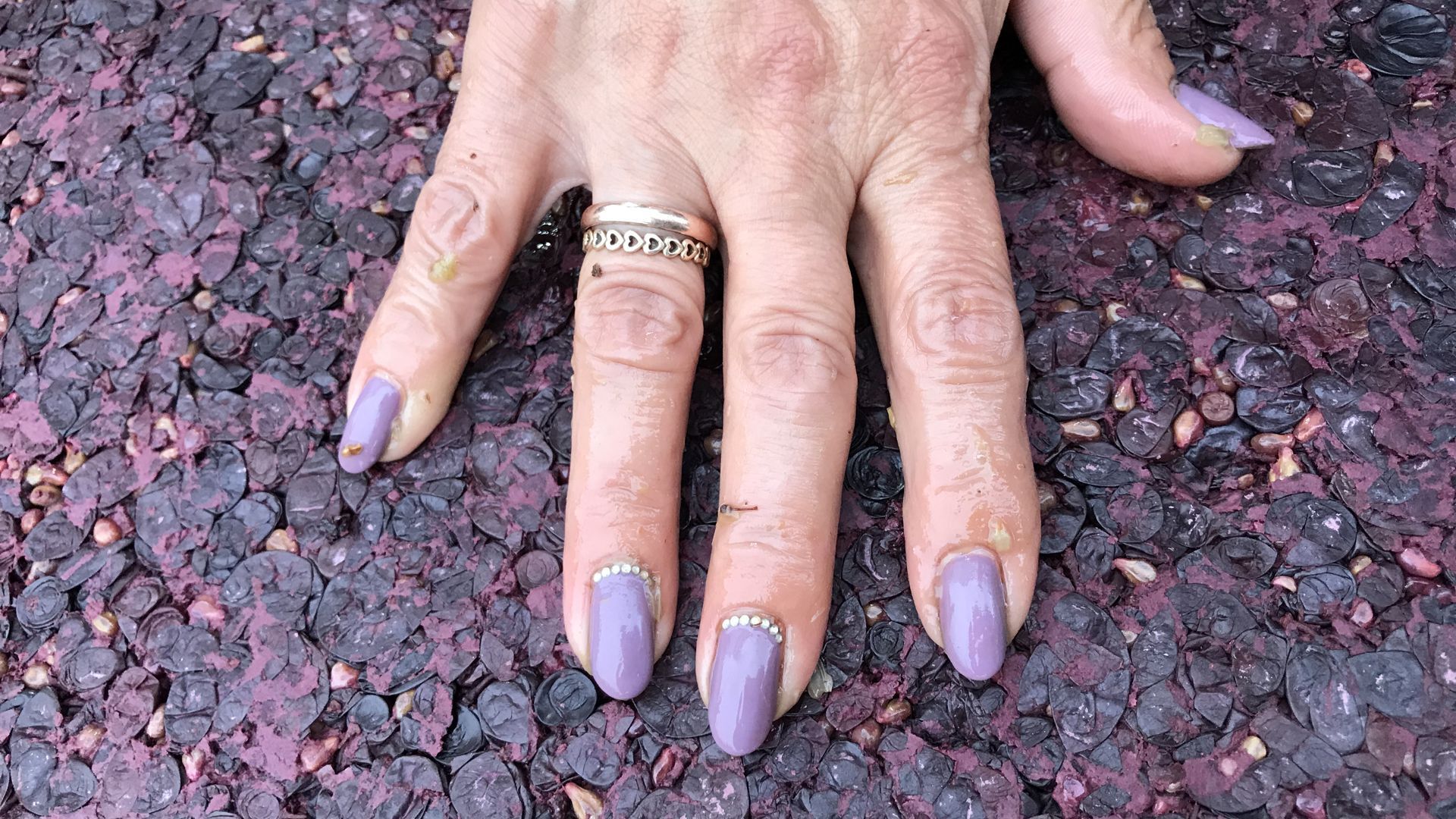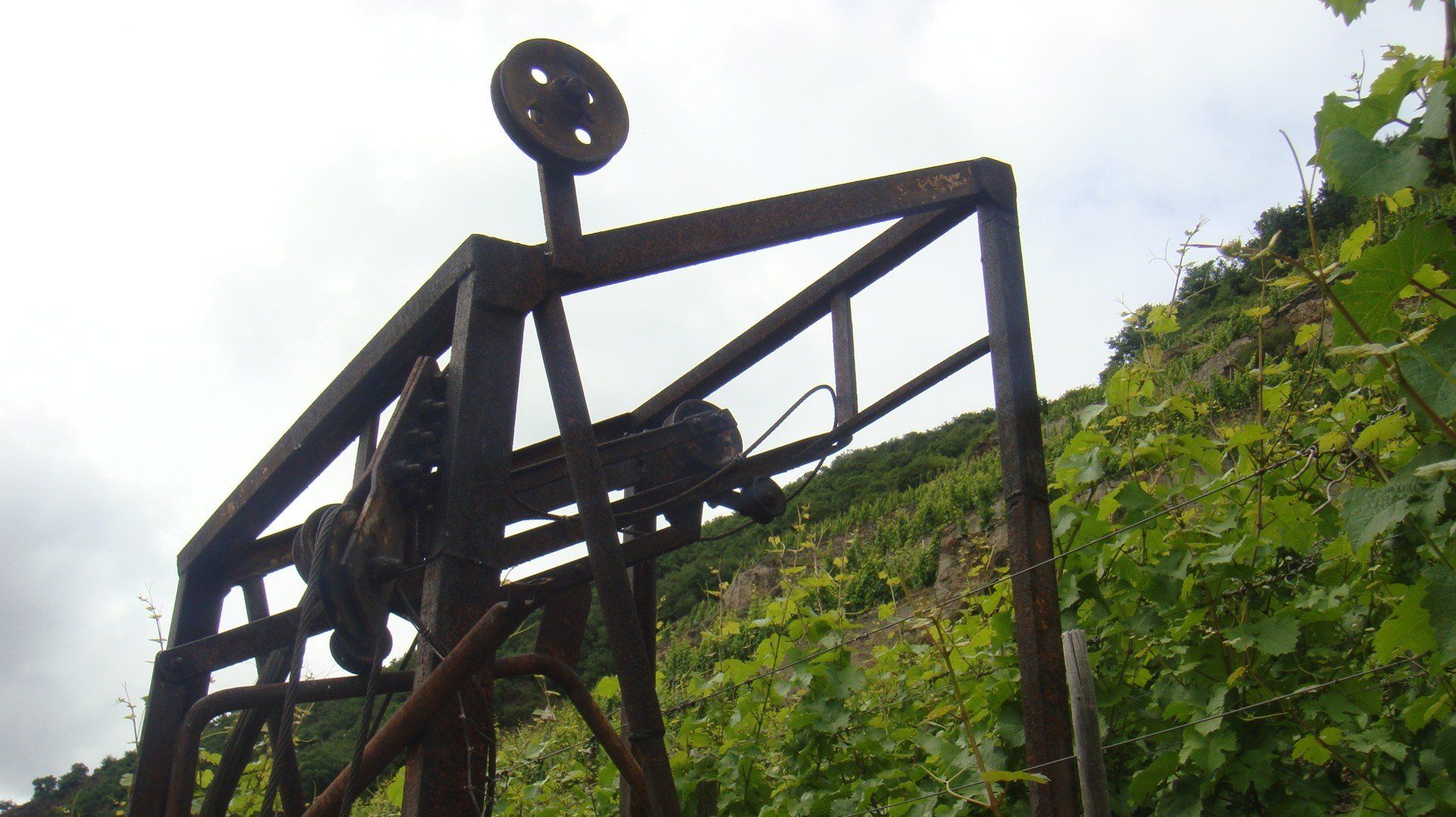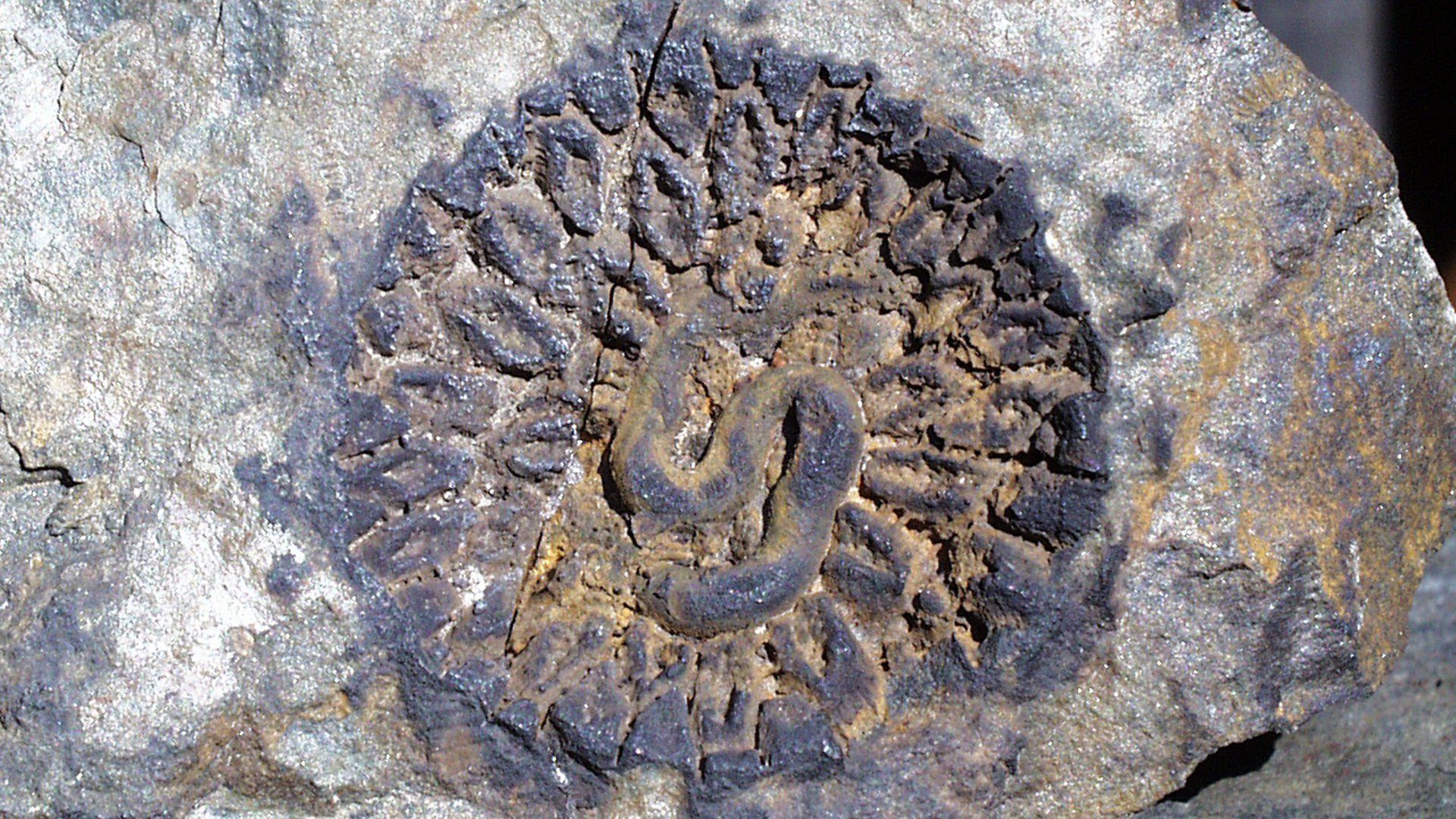Selektion J, Cuvee Max, Spätlese***, Alte Reben, Reserve… let's take a little journey back to the wine world of the 1990s. To an era when the names of world-famous communities and classified sites lost much of their radiance and their bottles were exiled, at best dolled up with a Spätlese Prädikat, to the lower shelves of discount supermarkets. A time when all that had elevated German wine to the absolute pinnacle of popularity during the belle époque was now burned on the altar of cheap marketing to fuel the post-war boom. A period when high-quality wines were fundamentally defined by the names of their famous winegrowing estates. Usually in connection with a few trendy terms like "dry" and "organic" and some catchy suffix.

Image title
Untertitel hier einfügenButton
Image title
Untertitel hier einfügenButton
Impressions
Galerie
Button
Image title
Untertitel hier einfügenButton
Image title
Untertitel hier einfügenButton
Image title
Untertitel hier einfügenButton
Image title
Untertitel hier einfügenButton
Image title
Untertitel hier einfügenButton
Image title
Untertitel hier einfügenButton
Image title
Untertitel hier einfügenButton
who is afraid of terroir?
Artikel, VDP- The Book, 2018


The 90s also marked the start of the decade of biotechnology. After years of yield stimulation, concentration and hygiene, the so-called "new enological procedures," combined with cultured yeasts, enzymes and the like, rang in a new age of wine. The techniques of modern food design allowed for previously inconceivable options for improving or — depending on your point of view — manipulating tastes. And the winemaker? Was he to play the role of Miraculix, brewing a fine-tasting magic potion to fend off the wine invaders from Roman fields, or was he instead more an incarnation of Frankenstein, sinning against creation by making monsters? Whatever your view... there's no denying that wine was slowly but surely assuming its place in a globalized industrial world. "Optimization of taste!" the enological zeitgeist proclaimed.
And then, suddenly, came the "T" word. TERROIR. And what a word! What a sound, or better "quel son magnifique," since everything sounds more mellifluous in French. The T word resonates with earth, nature and authenticity. Nebulous and secretive, it also plays on the growing yen for spirituality. While wine production has catapulted into the industrial age on the back of the sober spirit of science, that Enlightenment ends in the marketing department. Nobody sells wine based on analytical data. The product is pitched using emotions tuned to the target audience. As befits the zeitgeist. Socialism may have ultimately relinquished its claim to societal utopia and right now the civic ideal of "liberté, égalité, fraternité" can muster little more than a tired smile. Our concerns are primarily about sea levels and hermit beetles and, increasingly, the search for regional identity, the longing for a homeland. Reunification has restored the word "Germany" for use in polite company and, truly, we owe a great deal to a young generation of winemakers who have done so much to rejuvenate the musty image of German wines. Brimming with positivity, their bottles are conquering the menus of star restaurants and the hearts of wine geeks. And they taste good! And they keep getting better! Red grapes have been liberated from their fetters and are blossoming into fantastic red wines, while fat Ruländers have pupated into gossamer Pinot Gris. Baroque Silvaners have transformed into fleet-footed ballerinas and formerly syrupy Rieslings now radiate elegance, power and electric minerality.

If only it weren't for all those odd names. Spätlese trocken, Auslese trocken… what works at least to some degree on the German market leaves the rest of the world shaking its head. After all, hadn't they just learned that "Spätlese" and "Auslese" were synonyms for residually sweet wines? And now these same wines were all supposed to be dry?
What was going on here? Concerned visionaries came together to brainstorm... and thus emerged the concept of the "Erstes Gewächs." It drew on the old English label of "first growth," with the premium dry wines from the VDP now given not just a new name, but also a sensible context: classification of the vineyards. From Öchsle to the vineyard! What a provocative break from a system of wine classification that had been in place for a century and was ostensibly based on objective facts.

Natürlich bleiben offenen Fragen. Sind die alle Weinberge sinnvoll abgegrenzt, passen die zugelassenen Rebsorten? Ein Großes Gewächs aus Großer Lage – geht das nicht etwas weniger tautologisch? Wie restriktiv sollen die Anforderungen an Pflanzdichte, Erntemengen und Geschmacksprofile sein. Wie ökologisch, wie nachhaltig sollten oder müssten Terroirweine sein. Und, wenn wir schon dauernd das Wort in den Mund nehmen: Wann ist ein Wein denn eigentlich ein Terroirwein.
The classification movement gained momentum within the VDP. For wine legislation reasons, the Erste Gewächse ('first growths') made their way to the Rheingau, while other regions proclaimed Große Gewächse ('great growths') and the Mosel sublimated their finest vineyards with the title of Erste Lage ('premier cru'). Chaos all the way down the line. The new millennium began with hard discussions within the VDP. The difficult and wearisome process of ratifying new classifications lasted until 2012: Estate-level "Gutswein" as the solid foundation, village-level "Ortswein" as a more upscale option, followed by high-end Erste Lage and ultimately crowned by the crème de la crème Große Lage. The names of a thousand single sites deemed unworthy of classification were made to disappear; Kabinett, Spätlese and Auslese would now communicate a fruity taste profile, while dry high-end wines would bear the names Erstes Gewächs and Großes Gewächs, respectively

So far, so good. More than good, in fact. Very good. Because a uniform, origin-based system for communicating wine across an entire country, in 13 different growing regions with different histories and sensibilities, is a formidable task indeed! Without any intervention by state institutions, the VDP delivered a monumental achievement in wine culture, one that might well be seen as the first truly successful economic innovation of a reunited Germany's wine world. And indeed, Germany's finest classified single sites are now shining all the brighter in the wine firmament. And Großes Gewächs wines, popularly known as "GG," are in international demand, with prices rising.
There are still open questions, naturally. Have all vineyards been sensibly delineated, and have the best varieties been approved for them? A Großes Gewächs from a Große Lage – isn't that a bit of a tautology? How restrictive should the requirements for vine density, yield volumes and taste profiles be? How ecological, how sustainable should and must terroir wines be? And, since the word is already on our lips: when does a wine really become a 'terroir wine'?

The French word encompasses not just a great deal of soil and region, but also, depending on how you interpret it, the winemaker and a bit of what Germans call 'Heimat,' or 'homeland.' A terroir wine is a wine where these dimensions are there in the glass to be discovered. At first blush, sounds fine. Terroir is origin. OK. But what does a vineyard taste like? How about a region?
Changing climate, new grape varieties, cultural taboos, technical innovations... wine has always been in a state of flux. In Europe, 'typical' and 'traditional' only function as taste guidelines if the terms are limited to a relatively brief window of time. And what do we do with California? Are they not allowed to have terroir wines? And what about a Yellow Tail that tastes like Australia, or a glass of Blue Nun that tastes like Rheinhessen? Those ARE wines with a typical regional character. Which makes them terroir wines too, right? And then what? Maybe we're better off just forgetting the T word? Right?
No. We shouldn't forget about it. We should refine it.
What do modern interpretations of original sin, feminist dreams of the matriarchy, kitsch economic romanticism and natural wine propaganda have in common? The concept of Mother Nature as good and egoistic humans as evil. This ideologically dangerous refrain has more than just a bit of Pied Piper to it, but it absolutely reflects the current foggy-brained zeitgeist. In reality, vineyards are not a natural landscape and wine is anything but a natural product. Vineyards and wines need to be wrested out of nature. They are the children of civilization and belong to the realm of agriculture — probably the oldest form of productive interaction between man and nature.
And this is where a contemporary approach begins. With a culture that questions what might represent a sensible interaction between man and nature. Where does the loving treatment end, where does violence begin? Where does ecologically responsible action turn into the annihilation of our means of livelihood? When does agricultural industriousness tip into outright industry? How much individualism can be sustained within a taste-based interpretation of a vineyard? Or, posed a different way: How much acoustic amplification is acceptable for an opera? How much retouching work in photography? What remains of "the work of art in the age of mechanical reproduction" (Walter Benjamin)?

Let's move to the concrete and explore a specific aspect, namely the category of so-called 'cultured yeasts.' Good or bad? Naturally good, the medical world says, since it helps reduce the amount of sulfur and produces fewer allergic histamines. Works for us, the organic movement says — as long as there's no genetic manipulation. No problem, say the Orthodox Jews — as long as it's processed kosher. Bad, say the Anthroposophists — alcohol should disappear from our lives one way or the other. We don't need it, says tradition — after all, we've gotten by just fine without it for millennia. Absolutely not, says consistency — because the various different wild yeasts are precisely what is responsible for the taste of authenticity, beyond soil of course. Absolutely, says the Controlling department — otherwise the risks are too great. Don't care, says Ignorance — as long as it tastes good. Super, says Marketing — because if we select the right kind of yeast, then I can pursue precisely the tastes my customers want.
And the yeast itself? Was it injected with foreign DNA? Did the gene scalpel do some nipping and tucking? Or was it bred in the classic manner, selecting for specific characteristics? Did it originally come from the region's vineyards? Or even from the winegrower's own vineyard? Or was it fished out from the grower's own wine and then painstakingly cultured and reproduced?
And what about when the yeast is stirred multiple times during vinification, and the wine sees significant oxygen and almost no sulfur, and the taste of the vineyard can only be guessed at?
Just like so many other aspects of terroir, there is no right or wrong here, just sensibility, perspective and a cultured attitude. (And thank the gods that we live in a relatively pluralistic society!) Terroir is bound up with complexity and prefers being conceived and perceived systematically. Terroir is contradictory and disruptive.
Is this all too complex, uncertain or just annoying? Prefer industrial wine? Fine, no problem. The globalized wine market offers a hawker's delight of reproduceable taste experiences, with the right feeling for every target audience, all in the right price segment.
Terroir wines are the cultural alternative. They invite you on a trip into the space between structure and chaos, into uncertainty and surprise, toward provocation and authentic enjoyment. Terroir wines guide us through various regions, geological formations and climatic conditions. And they accompany us through different cultures, people, dreams and fantasies. Terroir wines reflect the state of our souls and expand our consciousness. They are perhaps the most pleasurable aspect of emancipation.

Image title
Untertitel hier einfügenButton
Image title
Untertitel hier einfügenButton
Impressions
Galerie
Button
Image title
Untertitel hier einfügenButton
Image title
Untertitel hier einfügenButton
Image title
Untertitel hier einfügenButton
Image title
Untertitel hier einfügenButton
Image title
Untertitel hier einfügenButton
Image title
Untertitel hier einfügenButton
Image title
Untertitel hier einfügenButton
who is afraid of terroir?
Artikel, VDP- The Book, 2018

Selection J, Cuvee Max, Spätlese ***, Alte Reben, Reserve ... Let's go on a journey through time to the wine world of the 1990s. The names of world-famous communities and individual locations have largely lost their charisma and languish, often pimped up with the predicate late harvest, on the lower shelves of discounters. Pretty much everything that distinguished German wine in the Belle Époque as one of the most coveted wines in the world was burned on the cheap marketing altar during the economic boom. High quality wines are essentially defined by the names of the well-known wineries. Best in connection with dry, organic and a good sounding appendix.

And then suddenly it was there, the T-word. TERROIR. What a word! What a sound, or rather “quel son magnifique”, because what comes along in so good-sounding French is already half the marketing rent. The T-word sounds like earth, like nature and authenticity. Nebulous and mysterious, it also plays with the growing yearning for spirituality. While wine production is catapulted into industrial society with the sober spirit of science, education in marketing is being abolished. Wines with analysis data are no longer sold, but wines with target group-oriented emotions. In keeping with the zeitgeist. Socialism as has finally abdicated social utopia and the bourgeois "freedom, equality, brotherhood" only evokes a tired smile. In the foreground are worries about sea levels and Russian beetles and, increasingly, the pursuit of regional identity, the longing for home. The word Germany is reunified and thanks to a young generation of winemakers, German wines are in the process of shedding their dusty image. Emotionally charged, they conquer the menus of star restaurants and the hearts of wine freaks. And they taste good! And always better! Wines made from red grapes emancipate themselves into fantastic red wines and fat Ruländer pupate into delicate Grauburgunders. Baroque Silvaners become ballet dancers and formerly sweet Rieslings shine with elegance, power and vibrating minerality.

What to do? Brainstorming committed thought leaders ... and the concept of “first growth” was born. Based on the old English term “first growth”, the top dry plants in the VDP now not only have a new name but also a meaningful context: the classification of the vineyards. From the Öchsle to the vineyard! What a provocative break with a taboo with a wine system based on apparently objective facts for 100 years.

Natürlich bleiben offenen Fragen. Sind die alle Weinberge sinnvoll abgegrenzt, passen die zugelassenen Rebsorten? Ein Großes Gewächs aus Großer Lage – geht das nicht etwas weniger tautologisch? Wie restriktiv sollen die Anforderungen an Pflanzdichte, Erntemengen und Geschmacksprofile sein. Wie ökologisch, wie nachhaltig sollten oder müssten Terroirweine sein. Und, wenn wir schon dauernd das Wort in den Mund nehmen: Wann ist ein Wein denn eigentlich ein Terroirwein.

What do modern interpretations of original sin, feminist matriarchal dreams, kitschy ecoromantics and natural wine propaganda have in common? The idea of the good mother nature and the bad, selfish man. An ideologically dangerous, but the brain-fogging zeitgeist well reflected pied piper slogan. In Realiter, vineyards are not natural landscapes and wines are anything but natural products. Vineyards and wines want to be wrested from nature. They are children of civilization, belong to agriculture, probably the oldest form of productive human interaction with nature.

As with so many other aspects of terroir, there is no right or wrong here, but rather a sense of purpose, a perspective, a cultural attitude. (And thank the gods that we live in a fairly pluralistic society!) Terroir is associated with complexity, wants to be thought and felt systemically. Terroir is contradicting and disruptive.
From a different perspective:
Fits to:



